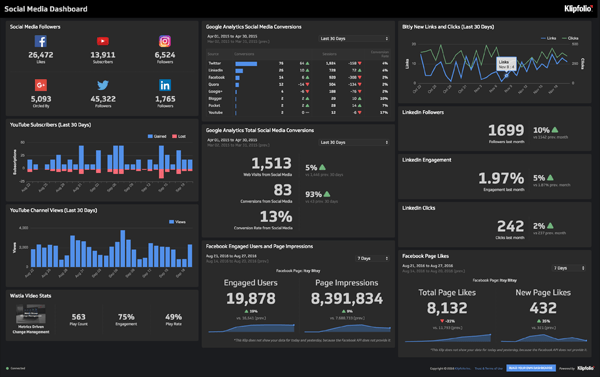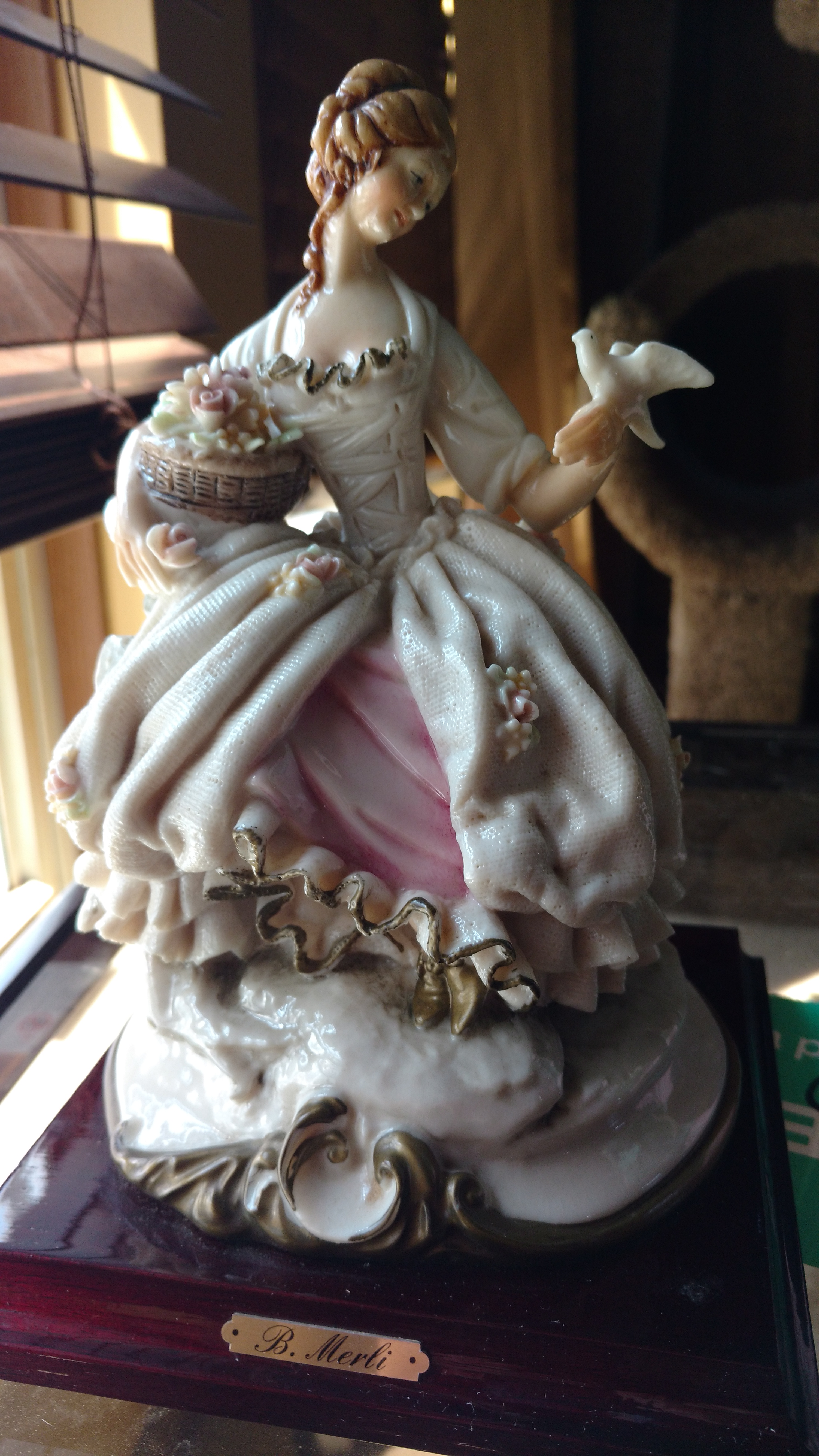

On Windows, click the Docker icon to open the Dashboard. To access the Docker Dashboard, from the Docker menu, select Dashboard.

Sign into Docker Hub using your Docker ID.Access the Troubleshoot menu to debug and perform restart operations.Easily navigate to the Preferences ( Settings in Windows) menu to configure Docker Desktop preferences.In addition, the Docker Dashboard allows you to: For more information, see Explore volumes. The Volumes view displays a list of volumes and allows you to easily create and delete volumes and see which ones are being used. For more information, see Explore your images If you are logged in, you can also see the images you and your organization have shared on Docker Hub. In addition, the Images view contains clean up options to remove unwanted images from the disk to reclaim space. It also displays a summary of the vulnerability scanning report using Snyk. The Images view displays a list of your Docker images, and allows you to run an image as a container, pull the latest version of an image from Docker Hub, and inspect images. For more information, see Explore running containers and applications. This view also provides an intuitive interface to perform common actions to inspect, interact with, and manage your Docker objects including containers and Docker Compose-based applications. It allows you to interact with containers and applications, and manage the lifecycle of your applications directly from your machine. The Containers/Apps view provides a runtime view of all your containers and applications. The Docker Dashboard provides a simple interface that enables you to manage your containers, applications, and images directly from your machine without having to use the CLI to perform core actions.


 0 kommentar(er)
0 kommentar(er)
